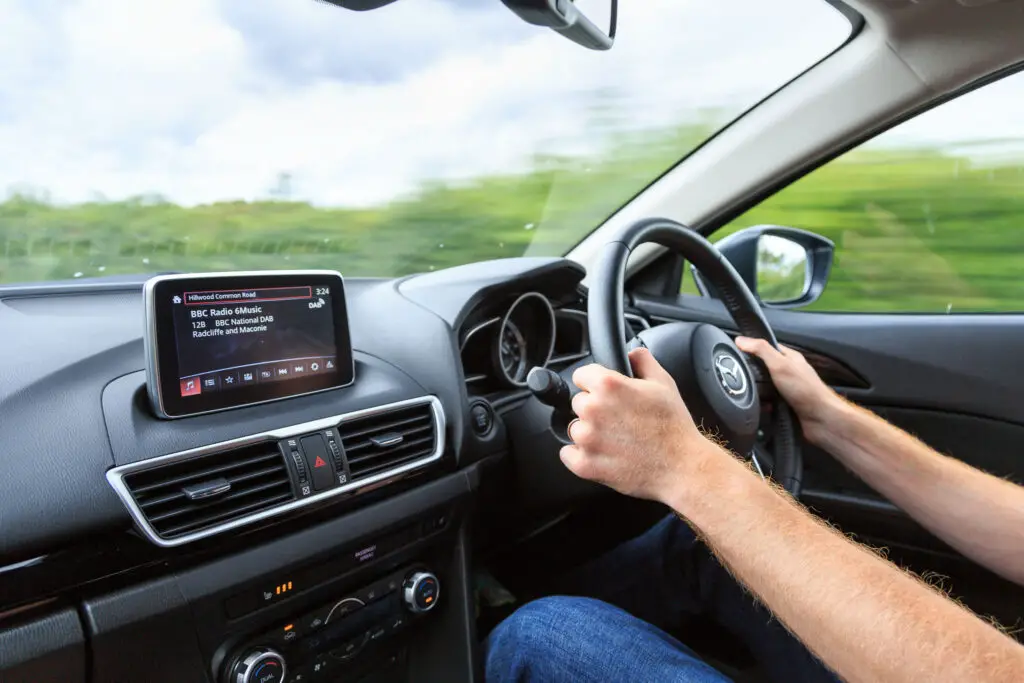Wondering what the most common injuries people sustain from car accidents are? Did you know that car accidents are the leading cause of injuries in Australia? When you think about how many people drive vehicles out on the road daily, it’s easy to understand how this is possible, but what are the most common injuries caused by motor vehicle accidents?
In this article, we’ll list the most common injuries sustained from car accidents so you can be aware and know what to do if you or your loved ones are ever involved in an accident.
10. Facial injuries
There’s a high possibility that your face will get injured when you’re in a car accident. It might be a small cut or something more severe – like a facial fracture or even dental injuries! Seeing a doctor will determine the severity of the injuries, and the treatment plan will be different according to the severity – it could involve plastic surgery, dental work or a range of other procedures.
9. Soft tissue injuries
Another type of injury that people will typically get when involved in a car accident is a soft tissue injury. Soft tissue injuries can include strains, sprains and, in more severe cases, muscle tears. These injuries can cause a lot of pain and may cause a limit on mobility, but generally, they’re not life-threatening. While soft tissue injuries have a few symptoms that make them easy to spot, like pain, bruising, swelling and limited mobility, they do require you to go to a doctor for an ultrasound or MRI to determine the severity of the injury.
8. Lacerations
While people may have a few cuts from a car accident that just require it to be cleaned and a bandaid to be stuck on, lacerations such as deep cuts or tears in the skin are more serious. Lacerations are what we refer to as “degloving” injuries, where the injury rips the layers of the skin and connective tissues. This type of injury usually occurs in severe accidents and will generally require surgery and ongoing treatment to heal correctly.
7. Internal Bleeding
Internal bleeding is one of the biggest reasons why a medical professional should always check you out after you’re involved in an accident because it often goes unseen and can be life-threatening. Internal bleeding occurs in the body’s organs like the stomach, the brain, the spleen or the kidneys, to name a few. Some symptoms of internal bleeding include acute visual problems, dizziness, numbness, chest pain, and severe abdominal pain, to name a few, but the symptoms can differ according to the location of the injury. It’s important to seek immediate medical attention if someone has suspected internal bleeding.
6. Fractures
One of the most common injuries people experience when being involved in a car accident is broken bones – especially in the spine, neck, clavicles, hips, hands and wrists. Once a doctor has performed an X-ray or CT scan and determined the severity of the break, treatment will range from immobilisation to surgery. Often, in cases where there is a more serious fracture, physical therapy will be needed.

5. Burns
When major car accidents happen, there’s a high chance that you could be exposed to fire, chemicals or hot components of the car, which means burns are likely to occur. When the airbag deploys it can cause friction burns, but this is more likely to happen with children. Burns can cause serious, immediate or long-term damage and need to be treated as soon as possible by a doctor. In cases of severe burns, plastic surgery is often needed to perform skin grafts, skin expansions or flap surgery.
4. Spinal cord injuries
Spinal cord injuries are often an outcome of collisions, and people seated in the front and back centre of the car are most at risk – especially in the case of a rear-end collision. Spinal cord injuries can affect the head, neck, spine and chest and can often lead to chronic pain and paralysis. Spinal cord injuries are covered by the Lifetime and Support Scheme (LTCS) to help cover the cost of treatment and care.
3. Brain and head injuries
Brain and head injuries commonly occur when people are involved in rear-end collisions and rollovers, and the chances of brain injury are even higher when people neglect to wear a seatbelt. These kinds of injuries can include anything from mild concussions, but in severe cases, they can cause paralysis, permanent disabilities or even death. Brain injuries are also covered by the LTCS.
2. Whiplash
Whiplash is often seen to be a minor injury but is one of the most common injuries people sustain from a car accident. Symptoms of whiplash generally include a stiff neck, dizziness, headaches, pain, and even memory loss.
1. Psychological distress
Those involved in a car accident can experience terrible psychological trauma, which can stick around for years. Just sitting in a car can trigger anxiety, depression and post-traumatic stress disorder (PTSD) for people who have been in a car accident. According to a 2021 study, people are 16 – 21% likely to develop PTSD six months after being in a car accident and 17 – 18% likely to develop it after 12 months, so never underestimate the psychological effects of being in an accident.
Who can claim for car accident injury?
Anyone who has been in a car accident will tell you that it can completely change the course of your life. Thankfully, Australian law protects most parties involved, regardless of whether you were a driver, passenger, cyclist or pedestrian, to a certain extent.
If you’re injured in a motor vehicle accident, it’s important to work with a car accident lawyer to help you navigate the legal system and ensure you have a strong claim. When you need help finding a lawyer to help with a car accident, you can find one right here!
Final Thoughts
Some injuries are immediately apparent, while others can take days or weeks to show, so it’s important to always get cleared by a medical professional when you’re involved in any kind of car accident. This will also be necessary when you gather evidence should you need to claim for a car accident injury.


